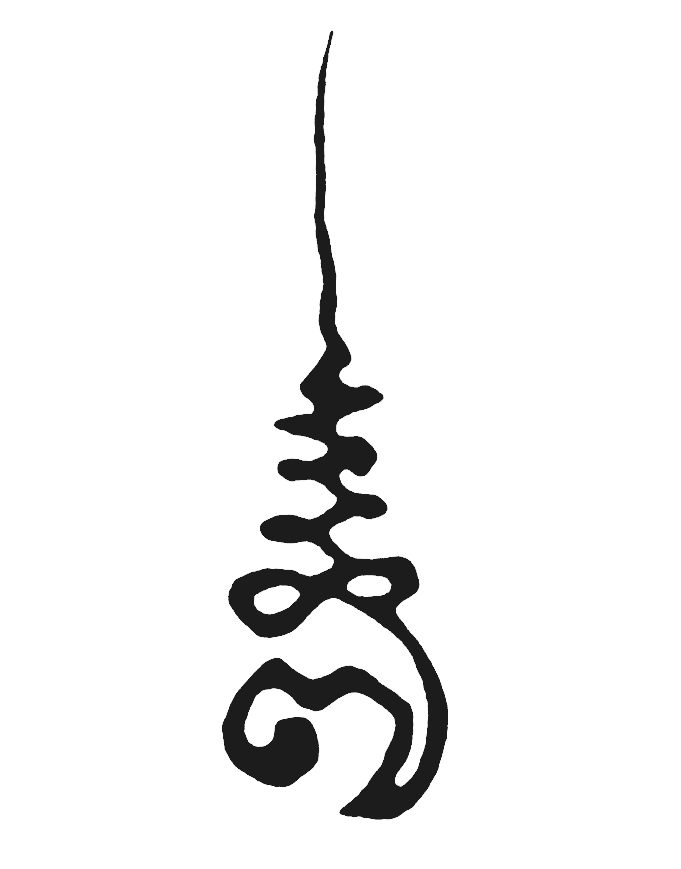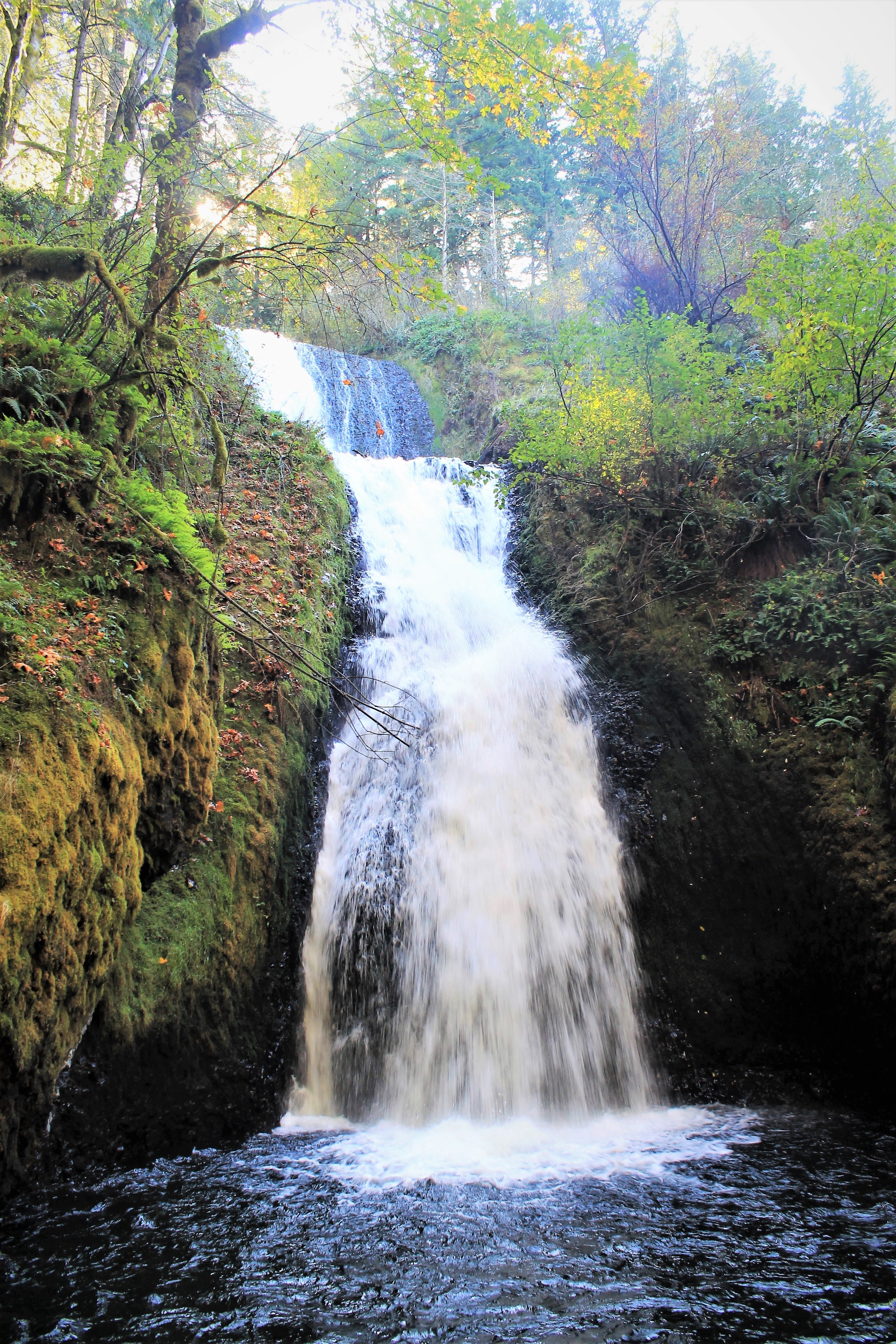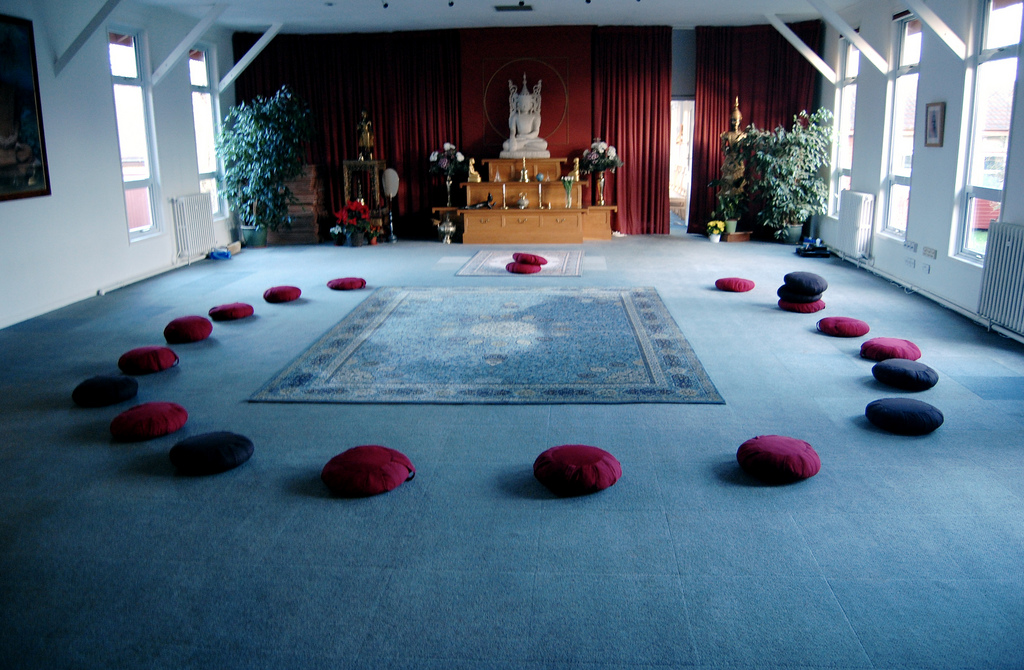|
Abhayagiri Buddhist Monastery
Abhayagiri is a Theravadin Buddhist monastery of the Thai Forest Tradition in Redwood Valley, California. Its chief priorities are the teaching of Buddhist ethics, together with traditional concentration and insight meditation (also known as the Noble Eightfold Path), as an effective way of completely uprooting suffering and discontent. ''Abhayagiri'' means 'fearless mountain' in the Pali language. Origins and development About north of Ukiah, the monastery has its origins in the 1980s when the UK-based Ajahn Sumedho, foremost western disciple of the Thai meditation master Ajahn Chah, started getting requests to teach in California. Visits by Ajahn Sumedho, as well as other senior monks and nuns, resulted in the Sanghapala Foundation being set up in 1988. The monastery's first were given to the foundation by the devotees of Chan Master Hsuan Hua, founder of the City of Ten Thousand Buddhas in Talmage, before he died in 1995. Currently, the monastery rests on of mounta ... [...More Info...] [...Related Items...] OR: [Wikipedia] [Google] [Baidu] |
Thai Forest Tradition
The Kammaṭṭhāna Forest Tradition of Thailand (from pi, kammaṭṭhāna meaning Kammaṭṭhāna, "place of work"), commonly known in the West as the Thai Forest Tradition, is a Parampara, lineage of Theravada Buddhist monasticism. The Thai Forest Tradition started around 1900 with Ajahn Mun Bhuridatto, who wanted to practice Buddhist monasticism, and its meditative practices, according to the normative standards of pre-sectarian Buddhism. After studying with Ajahn Sao Kantasīlo and wandering through the north-east of Thailand, Ajahn Mun reportedly became a Anāgāmi, non-returner and started to teach in North-East Thailand. He strived for a revival of the Pre-sectarian Buddhism, Early Buddhism, insisting on a strict observance of the Buddhist monastic code, known as the Vinaya, and teaching the practice of ''jhāna'' and the realisation of ''nibbāna''. Initially, Ajahn Mun's teachings were met with fierce opposition, but in the 1930s his group was acknowledged as a f ... [...More Info...] [...Related Items...] OR: [Wikipedia] [Google] [Baidu] |
Hsuan Hua
Hsuan Hua (; April 16, 1918 – June 7, 1995), also known as An Tzu, Tu Lun and Master Hua by his Western disciples, was a Chinese monk of Chan Buddhism and a contributing figure in bringing Chinese Buddhism to the United States in the late 20th century. Hsuan Hua founded several institutions in the US. The Dharma Realm Buddhist Association (DRBA) is a Buddhist organization with chapters in North America, Australia and Asia. The City of Ten Thousand Buddhas (CTTB) in Ukiah, California, is one of the first Chan Buddhist monasteries in America. Hsuan Hua founded Dharma Realm Buddhist University at CTTB. The Buddhist Text Translation Society works on the phonetics and translation of Buddhist scriptures from Chinese into English, Vietnamese, Spanish, and many other languages. Early life Hsuan Hua, a native of Shuangcheng County of Jilin (now Wuchang, Harbin, Heilongjiang), was born Bai Yushu () on April 16, 1918. His parents were devout Buddhists. At an early age, Hua became ... [...More Info...] [...Related Items...] OR: [Wikipedia] [Google] [Baidu] |
Bhikkhu
A ''bhikkhu'' (Pali: भिक्खु, Sanskrit: भिक्षु, ''bhikṣu'') is an ordained male in Buddhist monasticism. Male and female monastics ("nun", ''bhikkhunī'', Sanskrit ''bhikṣuṇī'') are members of the Sangha (Buddhist community). The lives of all Buddhist monastics are governed by a set of rules called the prātimokṣa or pātimokkha. Their lifestyles are shaped to support their spiritual practice: to live a simple and meditative life and attain nirvana. A person under the age of 20 cannot be ordained as a bhikkhu or bhikkhuni but can be ordained as a śrāmaṇera or śrāmaṇērī. Definition ''Bhikkhu'' literally means "beggar" or "one who lives by alms". The historical Buddha, Prince Siddhartha, having abandoned a life of pleasure and status, lived as an alms mendicant as part of his śramaṇa lifestyle. Those of his more serious students who renounced their lives as householders and came to study full-time under his supervision also adopte ... [...More Info...] [...Related Items...] OR: [Wikipedia] [Google] [Baidu] |
Abbot
Abbot is an ecclesiastical title given to the male head of a monastery in various Western religious traditions, including Christianity. The office may also be given as an honorary title to a clergyman who is not the head of a monastery. The female equivalent is abbess. Origins The title had its origin in the monasteries of Egypt and Syria, spread through the eastern Mediterranean, and soon became accepted generally in all languages as the designation of the head of a monastery. The word is derived from the Aramaic ' meaning "father" or ', meaning "my father" (it still has this meaning in contemporary Hebrew: אבא and Aramaic: ܐܒܐ) In the Septuagint, it was written as "abbas". At first it was employed as a respectful title for any monk, but it was soon restricted by canon law to certain priestly superiors. At times it was applied to various priests, e.g. at the court of the Frankish monarchy the ' ("of the palace"') and ' ("of the camp") were chaplains to the Merovingian and ... [...More Info...] [...Related Items...] OR: [Wikipedia] [Google] [Baidu] |
Lion's Roar (magazine)
''Lion's Roar'' (previously ''Shambhala Sun'') is an independent, bimonthly magazine (in print and online) that offers a nonsectarian view of "Buddhism, Culture, Meditation, and Life". Presented are teachings from the Buddhist and other contemplative traditions, with an emphasis on applying the principles of mindfulness and awareness practices to everyday life. History and profile Launched by Chögyam Trungpa Rinpoche as an internal publication of the Shambhala community, the Sun has evolved from a community newspaper, the Vajradhatu Sun founded 1978, to a small young magazine, to the largest-circulation Buddhist magazine in the English language. Established in 1995, the magazine is now a publication of the independent, nonprofit Lion's Roar Foundation. In 2002, the ''Sun'' launched another periodical, '' Buddhadharma: Practitioner's Quarterly'' focused strongly on Buddhist practice. ''Buddhadharma'' is currently published by the Lion's Roar Foundation. In 2003, the ''Shambha ... [...More Info...] [...Related Items...] OR: [Wikipedia] [Google] [Baidu] |
October 2017 Northern California Wildfires
The October 2017 Northern California wildfires, also known as the Northern California firestorm, North Bay Fires, and the Wine Country Fires were a series of 250 wildfires that started burning across the state of California, United States, beginning in early October. Twenty-one became major fires that burned at least . The wildfires broke out throughout Napa, Lake, Sonoma, Mendocino, Butte, and Solano Counties during severe fire weather conditions, effectively leading to a major red flag warning for much of the Northern California area. Pacific Gas and Electric reported that red flag conditions existed in 44 of the 49 counties in its service area. Seventeen separate wildfires were reported at that time. These fires included the Tubbs Fire (which grew to become the most destructive wildfire in the history of California up until that time - fires in 2018 were more destructive), the Atlas Fire, Nuns Fire, and others. These wildfires were also the most destructive ones of ... [...More Info...] [...Related Items...] OR: [Wikipedia] [Google] [Baidu] |
White Salmon, Washington
White Salmon is a city in Klickitat County, Washington, Klickitat County, Washington (state), Washington, United States. It is located in the Columbia River Gorge. The population was 2,193 at the 2000 United States Census, 2000 census and increased 1.4% to 2,224 at the 2010 United States Census, 2010 census. History White Salmon was first settled in 1852 by Erastus Joslyn and his wife. White Salmon was officially incorporated on June 3, 1907. White Salmon was part of the home of the Klickitat people, Klickitat Tribe, now a part of the Yakama Confederated Nations. The Klickitat Tribe sold some land to the Joslyns. They were generally Native advocates for the time. The area was thrown open on October 31, 1858 for white settlement after the Klickitat and Yakama lost the fight for their homelands in the Yakama War. Within the same year, the region was very rapidly and heavily settled by white immigrants making land claims. The Klickitat were forced to relocate to the Yakama Reserv ... [...More Info...] [...Related Items...] OR: [Wikipedia] [Google] [Baidu] |
Columbia River Gorge
The Columbia River Gorge is a canyon of the Columbia River in the Pacific Northwest of the United States. Up to deep, the canyon stretches for over as the river winds westward through the Cascade Range, forming the boundary between the state of Washington to the north and Oregon to the south. Extending roughly from the confluence of the Columbia with the Deschutes River (and the towns of Roosevelt, Washington, and Arlington, Oregon) in the east down to the eastern reaches of the Portland metropolitan area, the water gap furnishes the only navigable route through the Cascades and the only water connection between the Columbia Plateau and the Pacific Ocean. It is thus that the routes of Interstate 84, U.S. Route 30, Washington State Route 14, and railroad tracks on both sides run through the gorge. A popular recreational destination, the gorge holds federally protected status as the Columbia River Gorge National Scenic Area and is managed by the Columbia River Gorge Commi ... [...More Info...] [...Related Items...] OR: [Wikipedia] [Google] [Baidu] |
Amaravati Buddhist Monastery
Amaravati is a Theravada Buddhist monastery at the eastern end of the Chiltern Hills in South East England. Established in 1984 by Ajahn Sumedho as an extension of Chithurst Buddhist Monastery, the monastery has its roots in the Thai Forest Tradition. It takes inspiration from the teachings of the community's founder, the late Ajahn Chah. Its chief priorities are the training and support of a resident monastic community, and the facilitation for monastic and lay people alike of the practice of the Buddha's teachings. It is not to be confused with the ancient Amaravati Stupa in India. Community The resident community consists of monks (bhikkhus), nuns ( siladhara), and male and female postulants who live in accordance with strict traditional codes of celibacy, together with a volunteer support staff and visitors. According to the monastery website, regarding the male monastic community, "Usually, there are between 15 and 25 bhikkhus and samaneras in residence, living a conte ... [...More Info...] [...Related Items...] OR: [Wikipedia] [Google] [Baidu] |
Ajahn Pasanno
Ajahn Pasanno (born Reed Perry, Manitoba, Canada, July 26, 1949) is the most senior Western disciple of Ven. Ajahn Chah in the United States, and most senior in the world after Ajahn Sumedho and Ajahn Khemadhammo. For many years he was the abbot of Wat Pah Nanachat International Forest Monastery in Northeast Thailand. In the late 1990s, Ajahn Pasanno moved to California to head the new Abhayagiri Monastery. With more than 40 years as a bhikkhu (Buddhist monk), Ajahn Pasanno has been instrumental in training many monks in Thailand and the United States and has been supportive of training for women. On December 5, 2015, at the Temple of the Emerald Buddha (Wat Phra Kaeo) in Bangkok, Ajahn Pasanno received the honorary ecclesiastical title “Chao Khun” and name “Phra Bodhinyanavidesa” from the Crown Prince of Thailand, on behalf of His Majesty King Bhumibol Adulyadej. The title “Chao Khun” is given periodically to monks in the Thai tradition who have distinguished thems ... [...More Info...] [...Related Items...] OR: [Wikipedia] [Google] [Baidu] |
Ajahn Amaro
Ajahn Amaro (born 1956) is a Theravāda Buddhist monk and teacher, and abbot of the Amaravati Buddhist Monastery at the eastern end of the Chiltern Hills in South East England. The centre, in practice as much for ordinary people as for monastics, is inspired by the Thai Forest Tradition and the teachings of the late Ajahn Chah. Its chief priorities are the practice and teaching of Buddhist ethics, together with traditional concentration and insight meditation techniques, as an effective way of dissolving suffering. Biography Ajahn Amaro was born J. C. Horner in Kent. He was educated at Sutton Valence School and Bedford College, University of London. ''Ajahn'' means ''teacher''. He is a second cousin of I.B. Horner (1896–1981), late President of the Pali Text Society. Apart from a certain interest in the theories of Rudolf Steiner—to which he had been introduced by Trevor Ravenscroft, Amaro's principal enthusiasms on leaving university were, by his own admission, pretty m ... [...More Info...] [...Related Items...] OR: [Wikipedia] [Google] [Baidu] |








